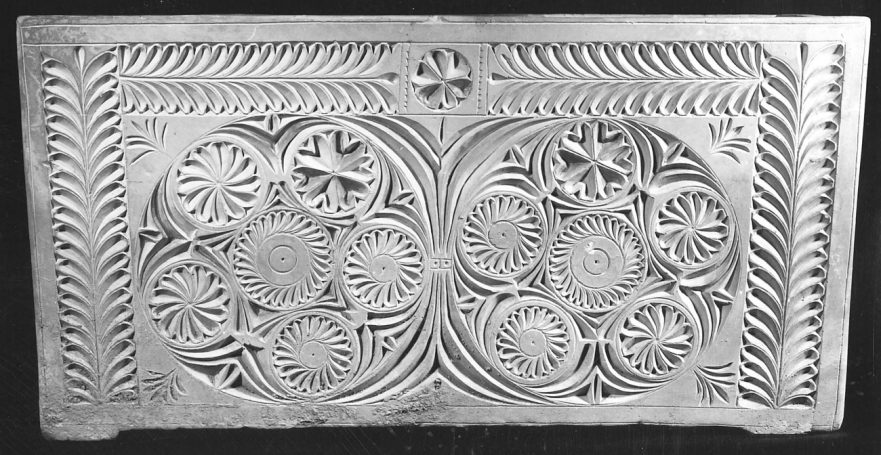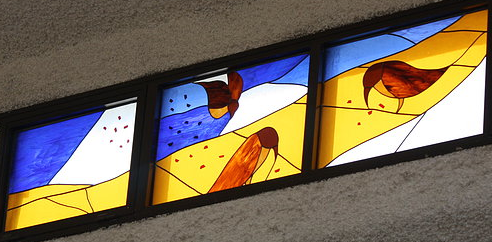The high priest Joseph Caiaphas is known not only from the New Testament Gospels as the high priest who opposed Jesus and his early followers, but also from Josephus the Jewish historian who lived in the first century C.E. In this video Marc Turnage provides an historical sketch of this pivotal character.
Windows into the Bible (4): Stone Vessels

In this video Marc Turnage discusses the significance of stoneware vessels for understanding the cultural context of the Gospels. Marc Turnage, a member of the Jerusalem School of Synoptic Research, is the director of the Center for Holy Lands Studies for The General Council of the Assemblies of God in Springfield, Missouri. Learn more about Turnage and his work at his blog The Shard and the Scroll at www.theshardandthescroll.com.
The Lindseys of Israel
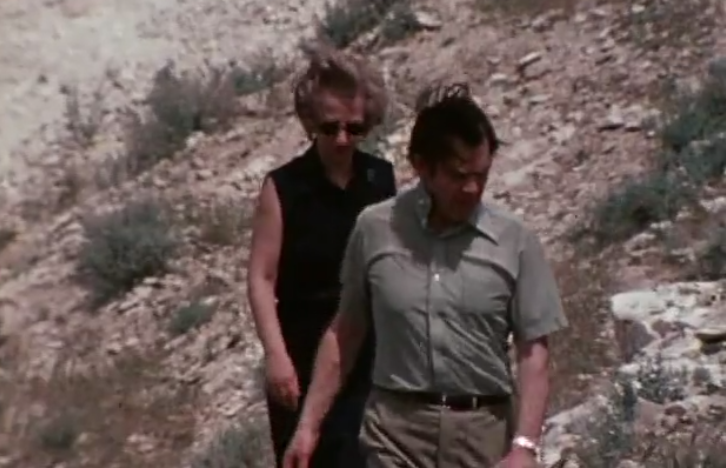
This documentary, which was filmed in 1975, offers a rare glimpse into the life and work of Dr. Robert L. Lindsey.
Windows into the Bible (3): Ancient Oil Lamps
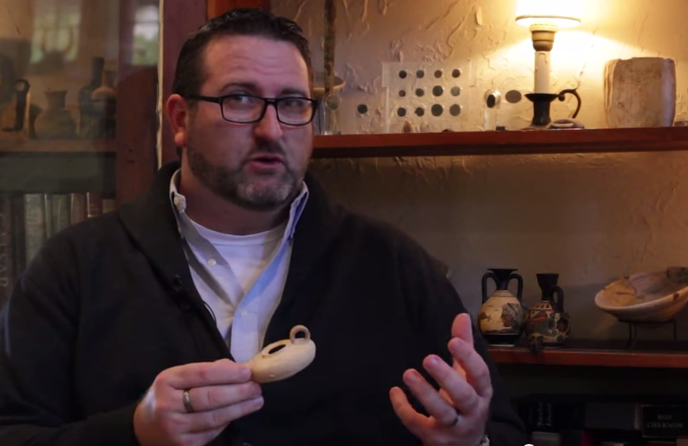
In this video Marc Turnage demonstrates what ancient oil lamps can teach us about Jewish culture in the Galilee and Judea in the time of Jesus.
Windows into the Bible (2): First-century Coins

In this video Marc Turnage discusses what we can learn about first-century Jewish history by studying ancient coins.
The Messianic Consciousness of Jesus: Lesson 13
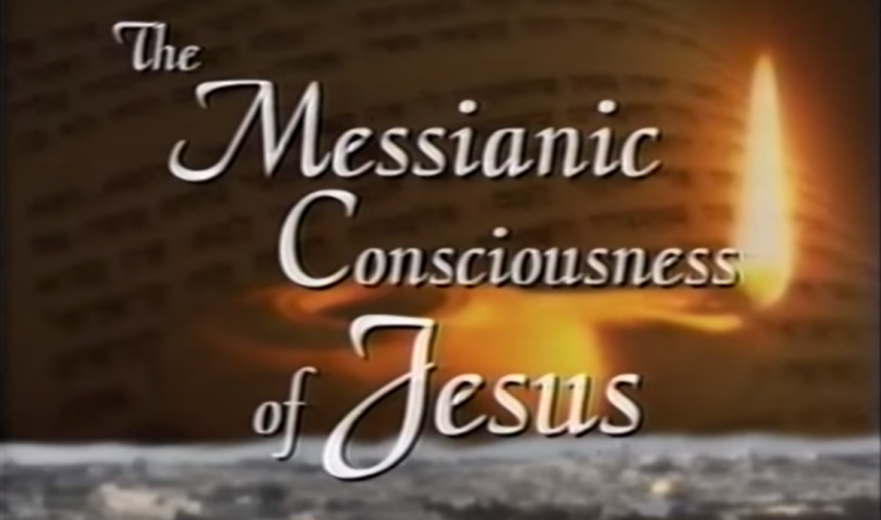
In Lesson Thirteen of The Messianic Consciousness of Jesus series, Dr. Robert L. Lindsey examines the story of the sheep and the goats (Matt. 25:31-46).
The Messianic Consciousness of Jesus: Lesson 12

In Lesson Twelve of The Messianic Consciousness of Jesus series, Dr. Robert L. Lindesy discusses the significance of Jesus’ title “Lord.”
The Messianic Consciousness of Jesus: Lesson 11

In Lesson Eleven of The Messianic Consciousness of Jesus series, Dr. Robert L. Lindsey discusses the story of Peter’s confession of Jesus as the Messiah of God (Luke 9:20; cf. Matt. 16:16; Mark 8:29).
The Messianic Consciousness of Jesus: Lesson 10

In Lesson Ten of The Messianic Consciousness of Jesus series, Dr. Robert L. Lindsey discusses “Son of Man” as a messianic title from Daniel 7:13 in the saying, “The Son of Man came eating and drinking, and they say, ‘Here is a glutton and a drunkard, a friend of tax collectors and sinners’” (Matt. 11:19 // Luke 7:34). Lindsey also discusses the story of Zacchaeus (Luke 19:1-10) in which the title “Son of Man” appears.

